|
"Little Christmas," also known as "Old Christmas," is one of the traditional names among Irish Christians and Amish Christians for January 6th, which is also known more widely as the Feast of the Epiphany, celebrated after the conclusion of the twelve days of “Christmastide.” It is the traditional end of the Christmas season and until 2013 was the last day of the Christmas holidays for both primary and secondary schools in Ireland. Christmastide (also known as Christmastime or the Christmas season) follows the better-known Advent and is a season of the liturgical year in most Christian church which begins on December 24th at sunset or Vespers, which is liturgically the beginning of Christmas Eve. Customs of the Christmas season include gift giving, attending Nativity plays, and church services, eating special food, such as Christmas cake, and singing Christmas carols. Today, it seems that Christmas music is shut down on December 26th, but this wasn’t the case when Little Christmas was more in vogue. Of course, one of the most fitting and familiar songs heard during this period in days of old was "The Twelve Days of Christmas."
Outside of “drummers drumming,” “maids a-milking” and “lords a-leaping,” the song is half-comprised of aviary gift offerings ranging from partridges to turtle doves to French hens. Not in the market for “calling birds,” “swans a-swimming” or “geese a-laying,” especially this time of year, I can also confess that my “Christmas List” also doesn’t include the fore-mentioned “golden rings,” “dancing ladies” or “piping pipers.” But, hey, no complaints from me, as it’s been a nice twelve days regardless. In researching this piece, I learned that there are several celebrations comprising Christmastide, including Christmas Day, St. Stephen's Day (December 26th), Childermas (December28th), New Year's Eve, the Feast of the Circumcision of Christ or the Solemnity of Mary, Mother of God (January 1st), and the Feast of the Holy Family (date varies), and Epiphany Eve or Twelfth Night (the evening of January 5th). However, to my surprise, I found a brand-new celebration compartmentalized within the joyous “Twelve Days,” truly making it a Baker’s Dozen, both literally and figuratively. That’s right, “Four Days of Glaze!” from December 31st-January 3rd. Two dozen Krispy Kreme glazed doughnuts for $12! What a Christmastide delight for young and old, while crushing thousands of proposed weight loss New Year’s resolutions on a national scale. Only a temporary setback for the determined however, but made me think of a great lyric object if only the Twelve Days of Christmas Song was actually “Twenty-four Days of Christmas”--24 donuts a-glazin’. Yours truly certainly took advantage of this sugary celebration, but I admit that it was solely due to the arduous research work I was conducting on this week’s subject, a lady by the name of Sarah Glaze. In my introductory internet searches for “Glaze,” I was inundated by Krispy Kreme advertisements as you can imagine. Weeks ago, I was truly thinking that my lead-in segue for this blog would have been tied to a bout with freezing rain over donuts, but warmer temperatures simply delivered rain without a chance for “precipatory glaze.” Sarah A. Glaze. The possessor of one of the more magnificent monuments in the cemetery, I have marveled at the large monument dedicated to the memory of Sarah A. Glaze for the last few years. I wondered who this woman was, especially one who deserved such an amazing memorial? The name isn’t a Frederick moniker of local nobility. The woman never married and had no children. However, I have always been struck by the sleek, polished look of her massive grave in Area H, which must have been very expensive. It almost gives off the look of glaze, which is defined as a vitreous substance fused on to the surface of pottery to form an impervious decorative coating or, in the case with doughnuts and cake, a liquid such as milk or beaten egg which is used to form a smooth, shiny coating on food. After hours of study, I can’t say that Miss Glaze led a life becoming of such a name or grandiose monument. Instead, she seems more of the plain doughnut variety, perhaps a powdered doughnut, but that may be a reach. Sarah Ann Glaze was born on September 26th, 1841 in the Pleasant Valley district outside Keedysville in neighboring Washington County. She was one of eleven children born to David Glaze (1795-1873) and wife Elizabeth Furry (1799-1884). Previously, David Glaze had bought his Washington County farm in 1832 from his father Wendel Glaze (of whom a familysearch.org family tree gives the name as Johannes Wendel Glaze, born in Lancaster county, PA). Wendel came to America with his family as a young boy and his surname became Anglicized from the original “Kless.” The German word for “glaze” is “Die Glasur” in case you were curious. I learned that Kless translates to “the conquering people,” not quite glaze. Wendel, our subject Sarah’s grandfather, bought the Pleasant Valley property from one, Jacob Snyder Jr. It was located on the west side of the Rohrerstown Pike, MD67, and on the south side of what is now called Dogstreet Road, west of Mt. Carmel Road. On the 1877 Washington County Atlas (Lake, Griffing & Stevenson), the former Glaze property is owned by a J. S. Miller whose father had married into the Glaze family. Attached is a Google map - the property that shows as brown dirt with buildings in the middle is essentially the same property that Glaze owned. Across the street, to the east, sits a popular wedding venue by the name of "Whistling Wren Farm.” Three of Sarah’s siblings died on this farm and are buried in the small Snyder Farm Cemetery located about a half-mile south of their original home. (Note: the Snyder burying ground is located at 5513 Mt. Carmel Road). David Glaze sold his homeplace in 1850, when Sarah was nine years-old. She and her siblings (three brothers and three sisters) moved east to Frederick County. The former Glaze farm was certainly affected twelve years later as the Battle of South Mountain raged at nearby Fox’s Gap, a mile and a half to the east, on September 14th, 1862. The nearby Battle of Antietam raged a few days later to the west, but luckily about four miles distant. Most certainly soldiers of either, or both, armies trod the one-time Glaze Farm and at the very least, the surrounding roads. The Frederick-area farm that David Glaze moved his family was located a few miles north of Frederick City. There’s a possibility that Civil War soldiers could have walked this farmland as well, but luckily it was relatively far from the scene of the Battle of Gettysburg in 1863 and the Battle of Monocacy in 1864. The 237 acre parcel was located where the Willowbrook housing development stands now (roughly between US15 and Opossumtown Pike, south of Tuscarora Creek). “D. Glaze” is shown on the 1858 Bond map and again in the 1873 Titus map at this location.
We have also talked about the colorful Captain Ezra Doub in a few past “Stories in Stone,” as his final resting place is here in Mount Olivet’s Area C/Lot 127. The Doub and Glaze Foundry and machine shop was listed in the 1860 census of manufactures in Frederick with $19,000 capital investment, 20 employees, and a 15hp steam engine. A great addition to this firm came with inventor extraordinaire McClintock Young. Annual output was 15 wheat drills and 200 plows ($8950). Look around Frederick, and you will still see cast iron grates and doors in sidewalks, along with coal chute covers on sides of dwellings that were produced by this firm. Now, I went into detail with this because Sarah, later in life, would live with her sister Maria in a house at 110 and 110A West Third Street purchased from Christian Bushey in 1884. The Glaze family may have been renting this house at least since 1870 based on the census record showing them on West Third Street. There is a link between this house and the Glaze’s Willowbrook farmstead as both had been owned by Benjamin Fitzhugh. The West Third Street house was owned previously by Christian Bushey's father, Jacob, bought by Fitzhugh in 1864, but reverted back to Christian as trustee. The farm, of course, conveyed to Sophia Fitzhugh in 1849. In addition, Jacob Bushey owned an early mill at the foundry site, and after a few owners (or leases) went to Fitzhugh. It’s my opinion here that it appears that everyone here may have had mortgage management and money issues. My research assistant Marilyn Veek conjectures that perhaps David Glaze couldn't afford to buy a town house, because he had a mortgage on the farm until 1864. Marilyn couldn’t find any deeds for David Glaze buying property on West Third. David Glaze died on January 21st, 1873 and was buried in Mount Olivet on Area H/Lot 305. David Glaze’s heirs, including Sarah, sold the family farm shortly thereafter. Mrs. Elizabeth Glaze headed the townhouse residence in the 1880 census at the Third Street property. She would pass just over 11 years after her husband and is buried at his side in Area H. Maria and Sarah took over the property at this point and I found that Maria died four years later in January, 1888. Sarah appears to have either rented or shared the home with other ladies over the next two decades. I was puzzled to not find any mentions of her in the local newspapers until her death on January 3rd, 1910 at the age of 68 years, 3 months and 8 days—a fact stated on her monument.  Scene from the Barre (VT) Quarry Scene from the Barre (VT) Quarry Was she just a good, ole-fashioned miser? I don’t know if Sarah A. Glaze belonged to clubs, attended church, traveled or celebrated holidays such as Christmastide. And if she did, she only made it through ten days of Christmas. All I know is that the month of January was not kind to the Glaze family, as it claimed Sarah, her live-in companion/sister and parents. You could say the month gave Mount Olivet “Four Graves of Glaze.” Our friend, cemetery restoration expert Jonathan Appell of Southington, Connecticut, pointed out to me how impressive this monument really is as it is crafted from Barre granite, a material much preferred for building projects and by sculpture artists for use in outdoor works. For tombstone and geology fans, Barre granite is a Devonian granite pluton found near the town of Barre in Washington County, Vermont. It is best described as “a fine granite, composed of quartz, feldspar, and mica. The mica is both muscovite and biotite.” The granite is mined at the E. L. Smith Quarry, the world's largest "deep hole" granite quarry, owned by the Rock of Ages Corporation. "Barre Gray" granite is sought after worldwide for its fine grain, even texture, and superior weather resistance. Jonathan also said it is quite expensive as well! They say you can’t take it with you, but it appears that a good chunk of Sarah’s money is close at hand. The monument is topped with arguably the most popular funerary symbol of the nineteenth century, a draped cinerary urn. The drape can be seen as either a reverential accessory or as a symbol of the veil between earth and the heavens. The urn was an ancient vessel used to hold human ashes and prevalent as an iconic symbol of the Victorian Age. An inscription carved on the monument's face is taken from the Bible’s Book of Timothy (The First Epistle of Paul to Timothy): “Henceforth there is laid up for me a crown of righteousness.” In addition to Maria, six more of Sarah's siblings are also buried within Mount Olivet: John H. Glaze (1822-1862), Joseph Glaze (1823-1906), Samuel F. Glaze (1825-1895), Mary A. (Glaze) Fleming (1829-1891), Elizabeth (Glaze) Storr (1837-1917), Margaret Ann (Glaze) Huffer (1846-1923). Fittingly, the Krispy Kreme promotion ended on the 110th anniversary of this lady’s death. I truly honored her by enjoying a glazed doughnut in her memory on January 3rd, 2021. I truly apologize if I offend, but the purpose of cemeteries is to bury the dead first, but more so, to remember them and their deeds (great, small or possibly non-existent to future researchers eyes) as fellow, and equal human brethren.
3 Comments
Sue Beard
1/8/2021 02:56:43 pm
Krisp Kreme really? I get your gallows humor but I believe the Glaze descendants would be offended....I know I was! I find most of your articles interesting but this shows little to no respect for the dead. Sad
Reply
Michele Westfall
2/8/2021 04:17:49 pm
I wasn't offended. I wouldn't be surprised if Sarah Glaze or her descendants chose that particular material because of its glaze-ing properties. *raises a Krispy Kreme donut*
Reply
Steve Ballew
5/12/2022 09:53:47 am
Tell the man in this pic I really don’t appreciate him using my 5th gr grandmothers grave as a joke ! If I could talk with him I’d express my true feelings , handprint left with him
Reply
Leave a Reply. |
STORIES
|
Archives
July 2024
June 2024
May 2024
April 2024
March 2024
February 2024
January 2024
December 2023
November 2023
September 2023
August 2023
July 2023
June 2023
May 2023
April 2023
March 2023
February 2023
January 2023
December 2022
November 2022
October 2022
September 2022
August 2022
July 2022
June 2022
May 2022
April 2022
March 2022
February 2022
January 2022
December 2021
November 2021
October 2021
September 2021
August 2021
July 2021
June 2021
May 2021
April 2021
March 2021
February 2021
January 2021
December 2020
November 2020
October 2020
September 2020
August 2020
July 2020
June 2020
May 2020
April 2020
March 2020
February 2020
January 2020
December 2019
November 2019
October 2019
September 2019
August 2019
July 2019
June 2019
May 2019
April 2019
March 2019
February 2019
January 2019
December 2018
November 2018
October 2018
September 2018
August 2018
July 2018
June 2018
May 2018
April 2018
March 2018
February 2018
January 2018
December 2017
November 2017
October 2017
September 2017
August 2017
July 2017
June 2017
May 2017
April 2017
March 2017
February 2017
January 2017
December 2016
November 2016

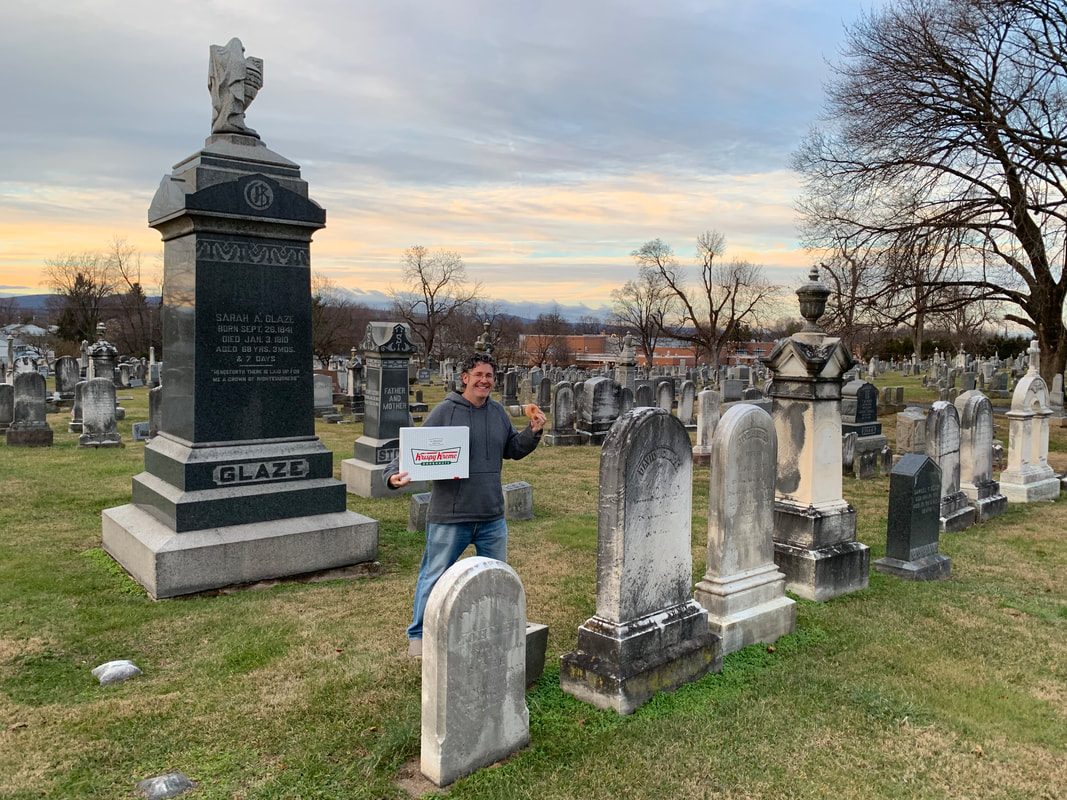




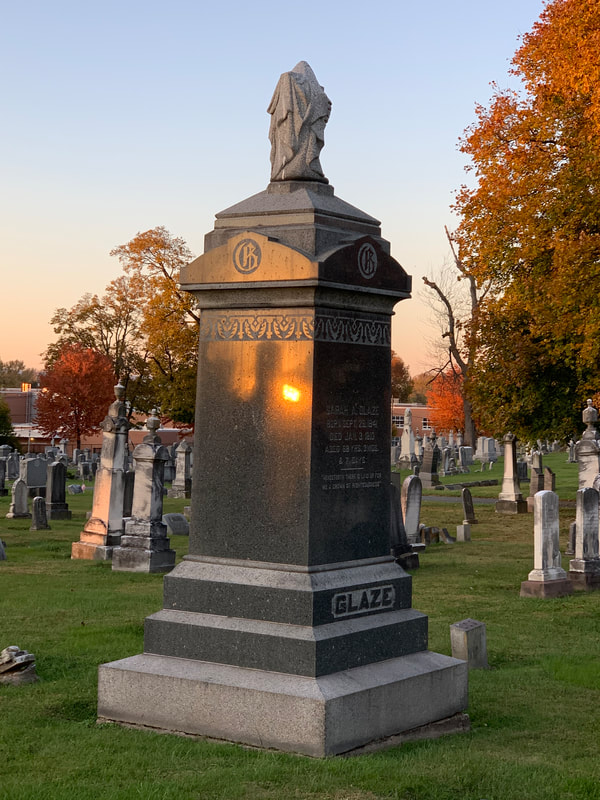
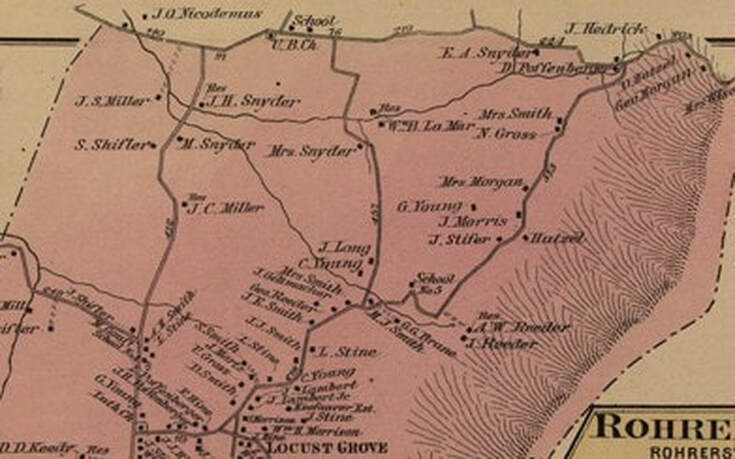
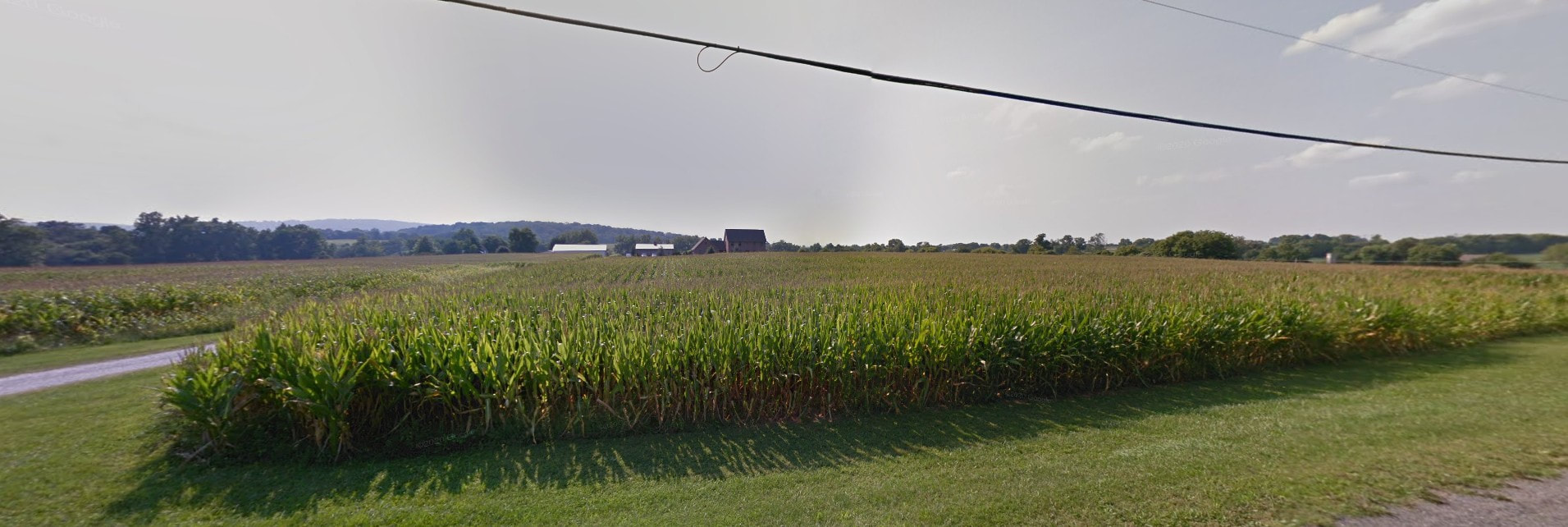
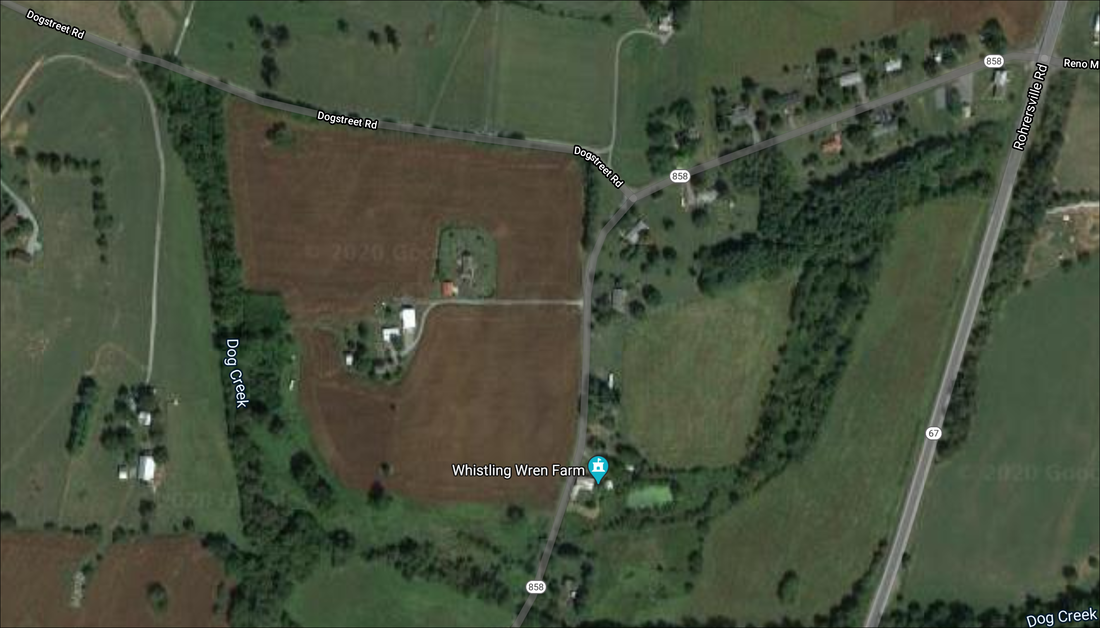
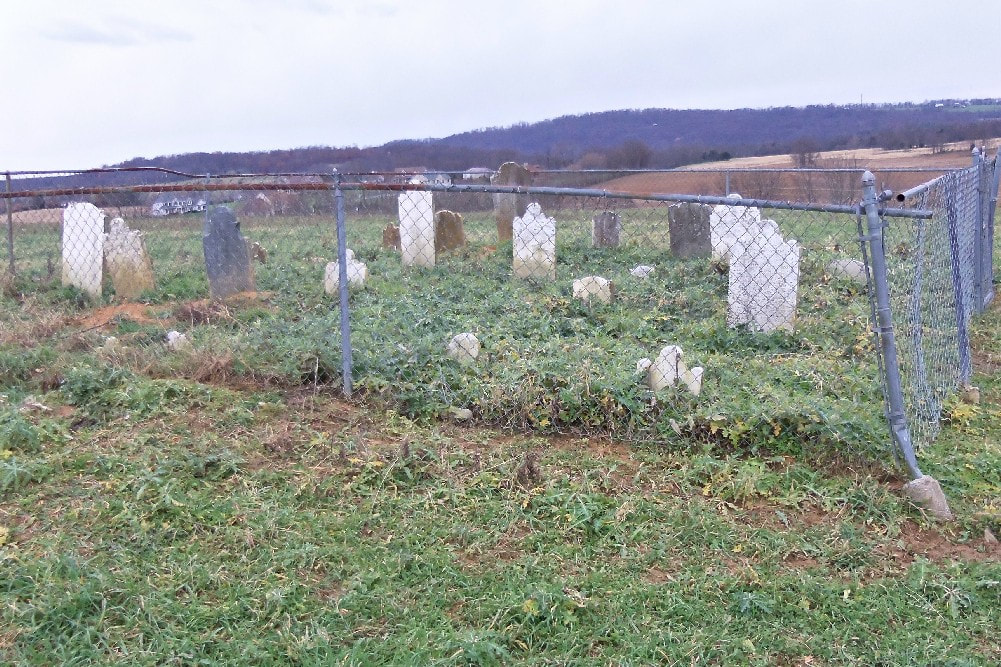
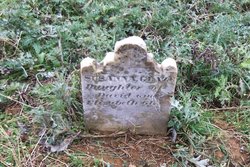
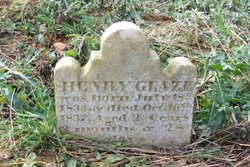
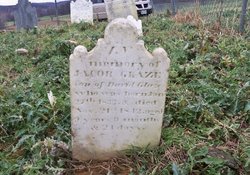

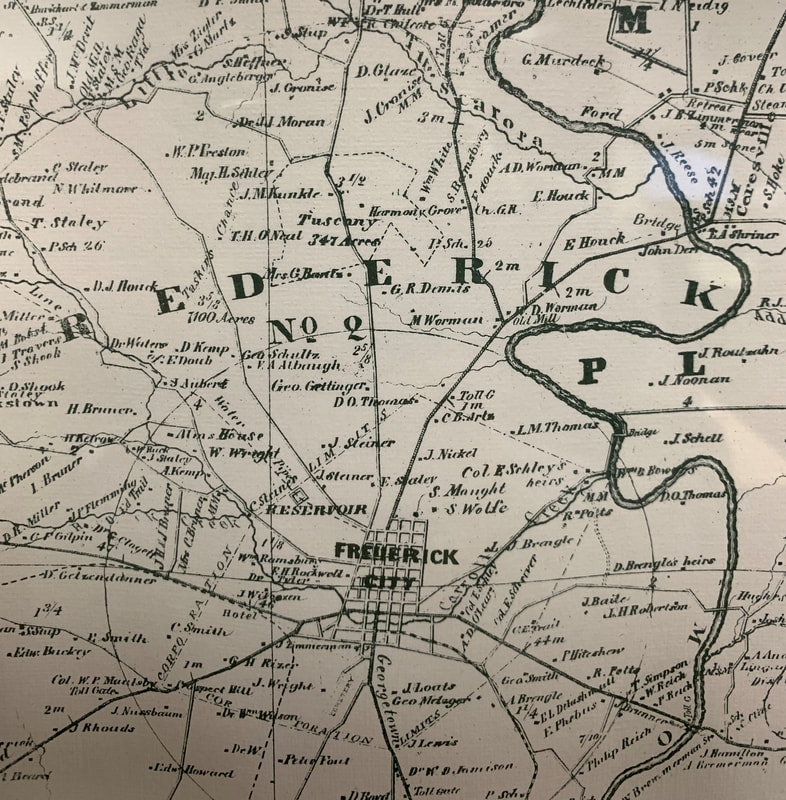
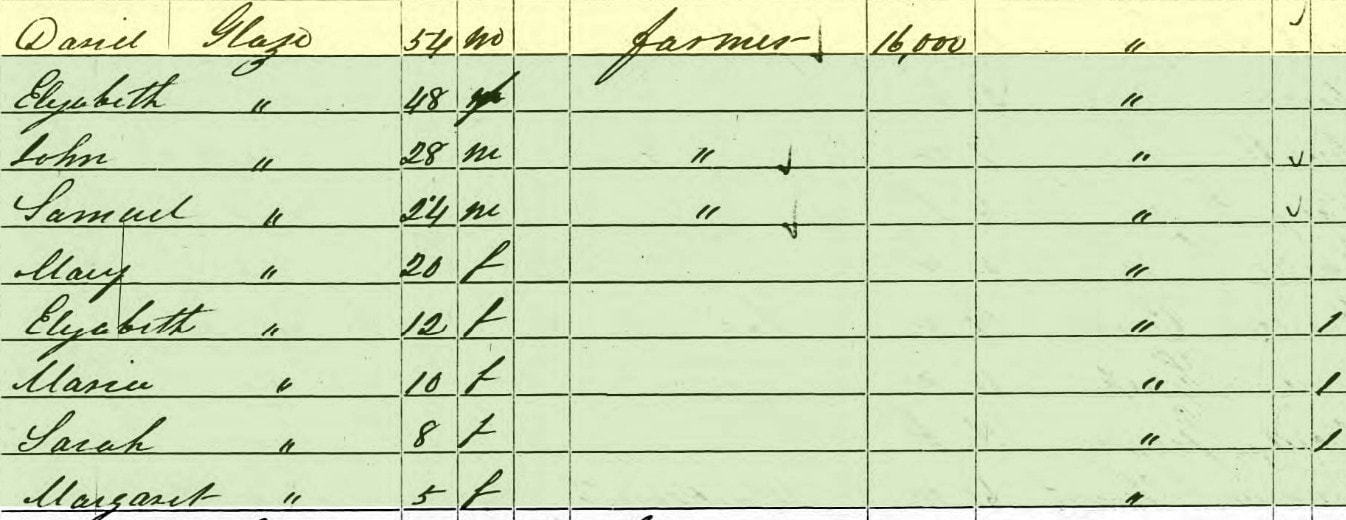
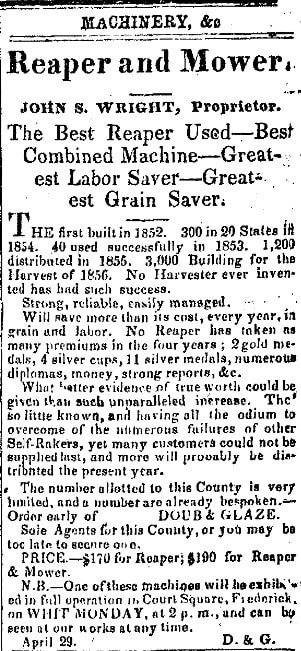
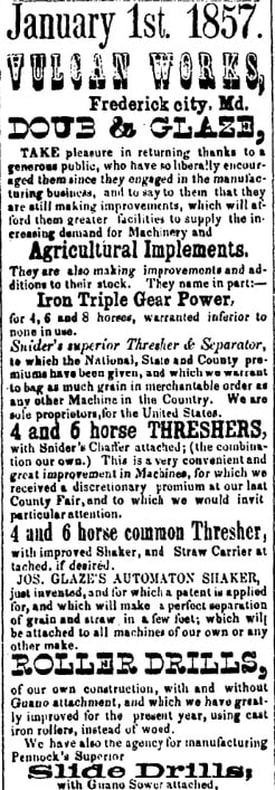

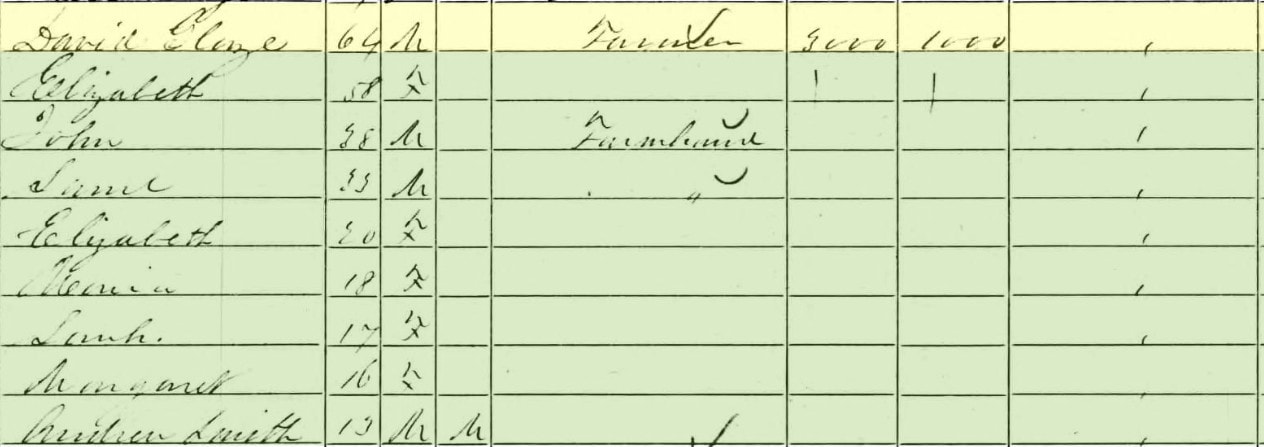
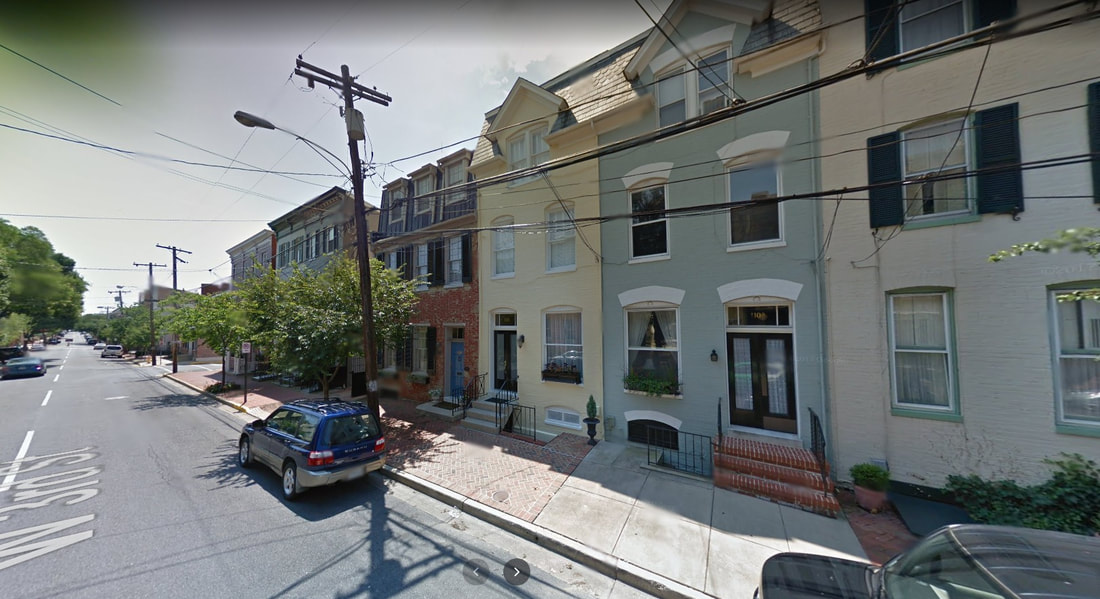

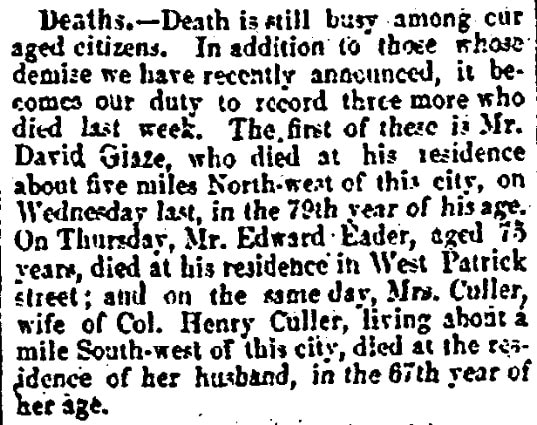
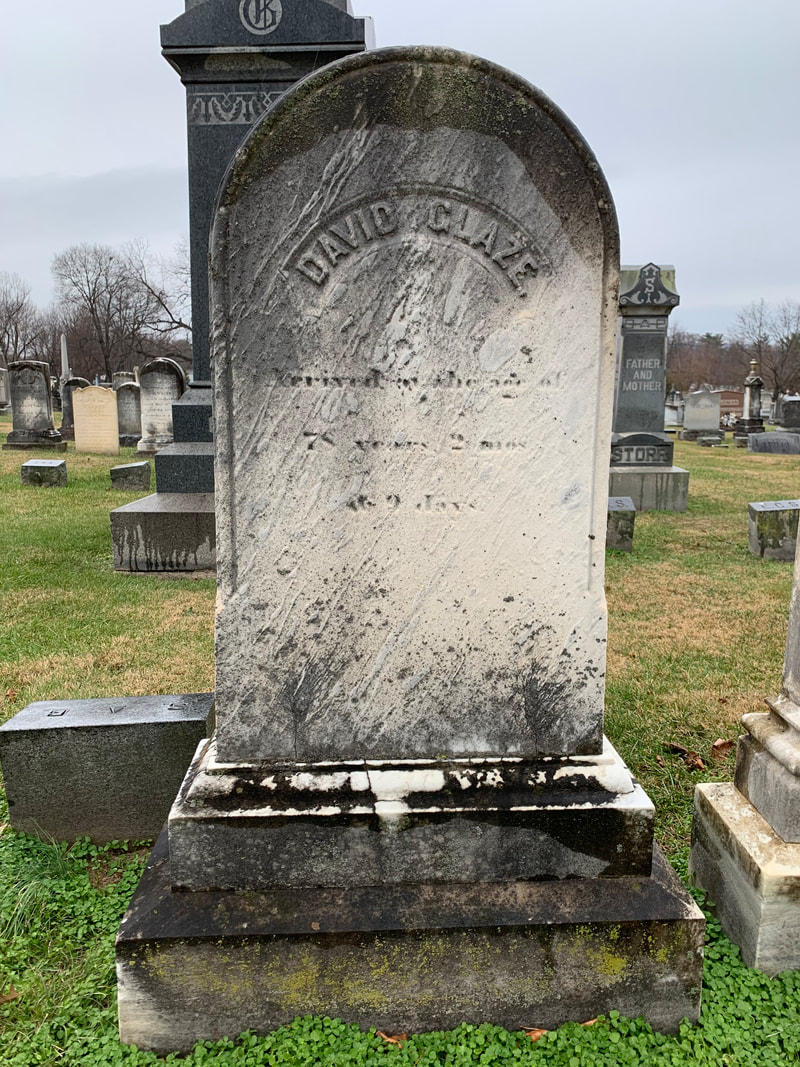


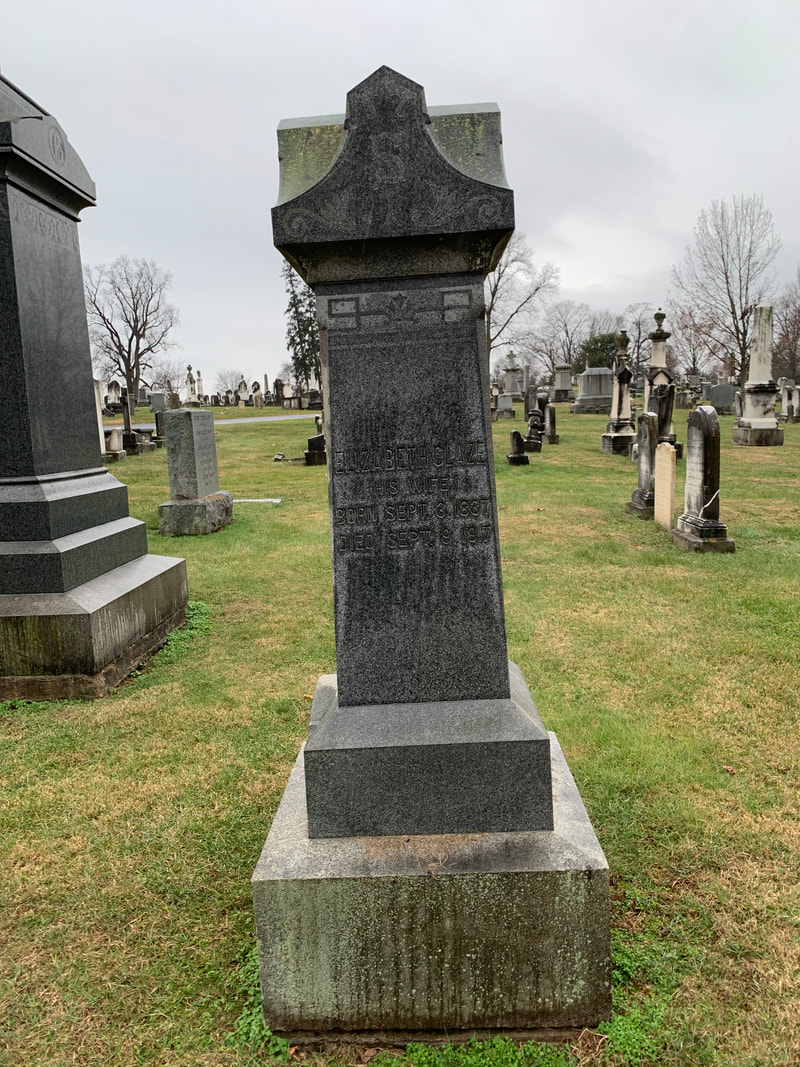
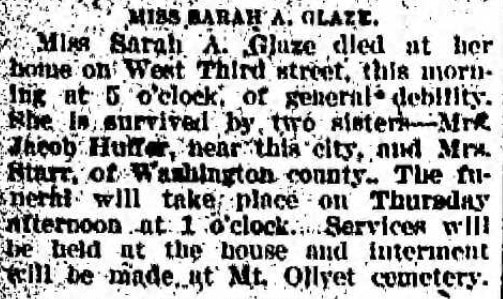
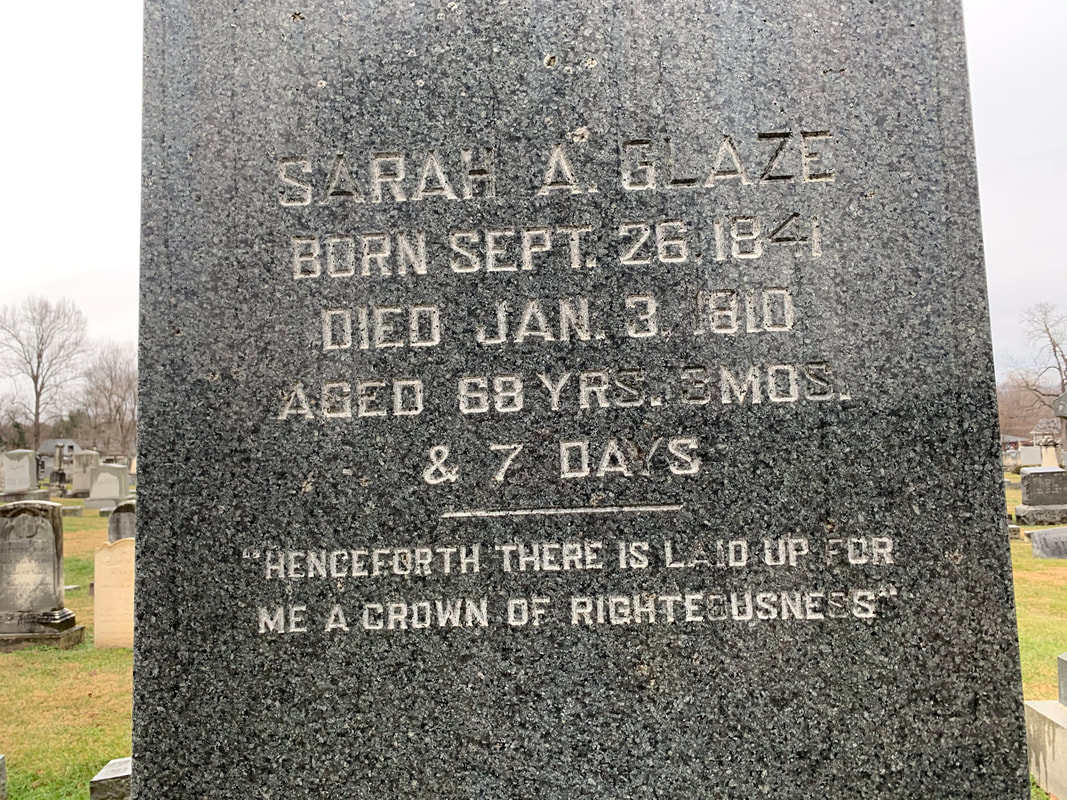
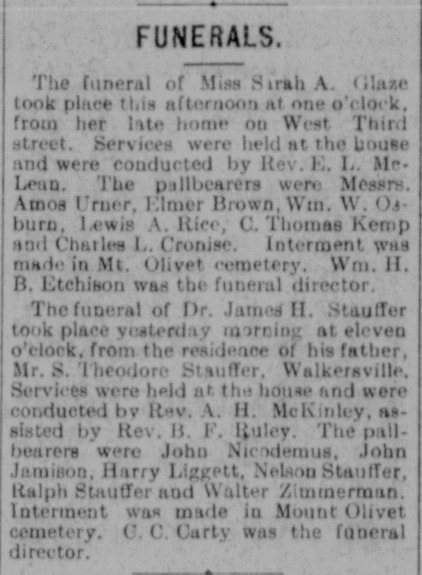
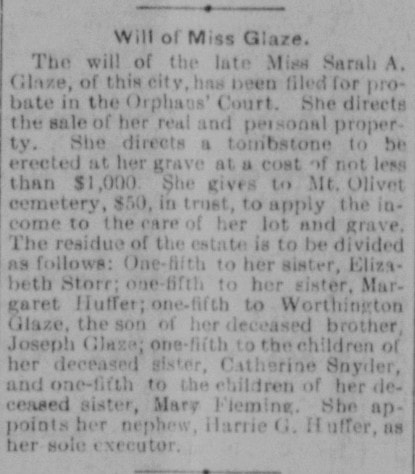
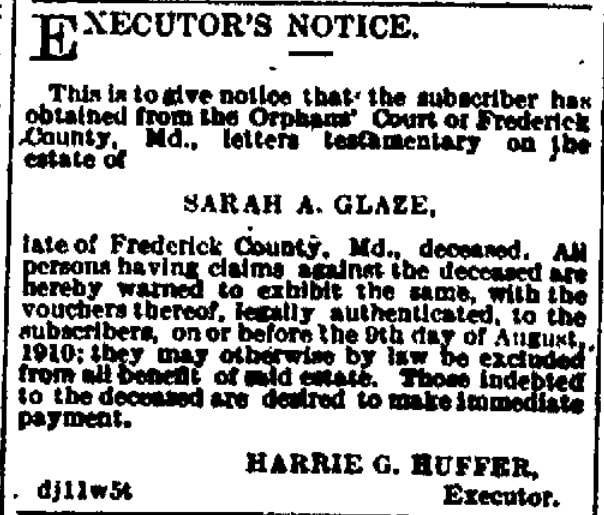
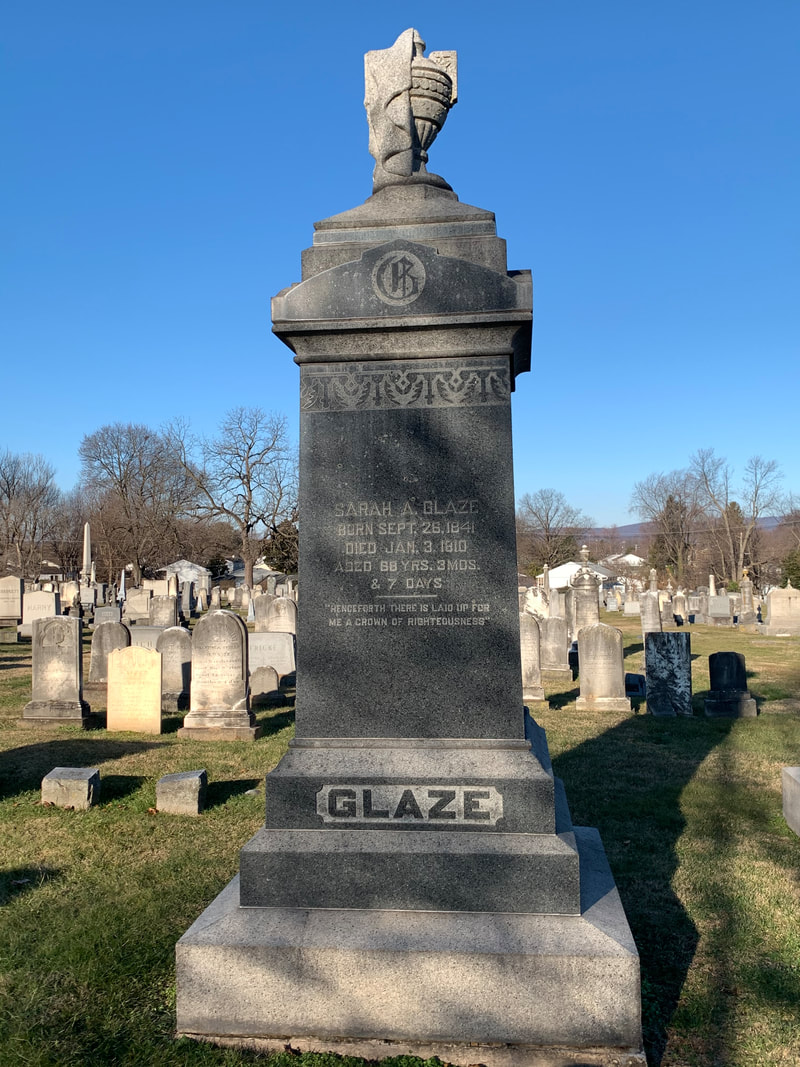
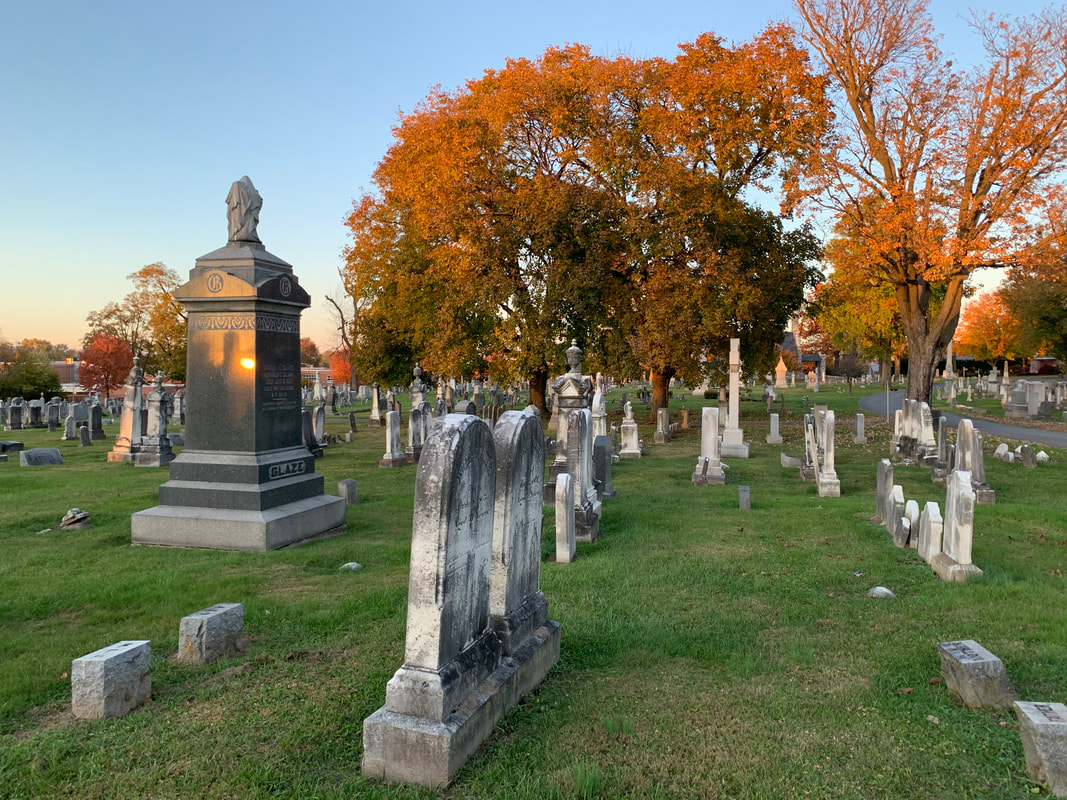
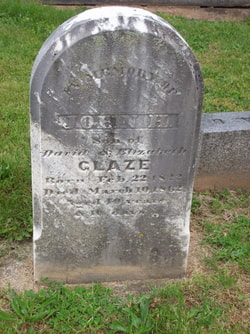
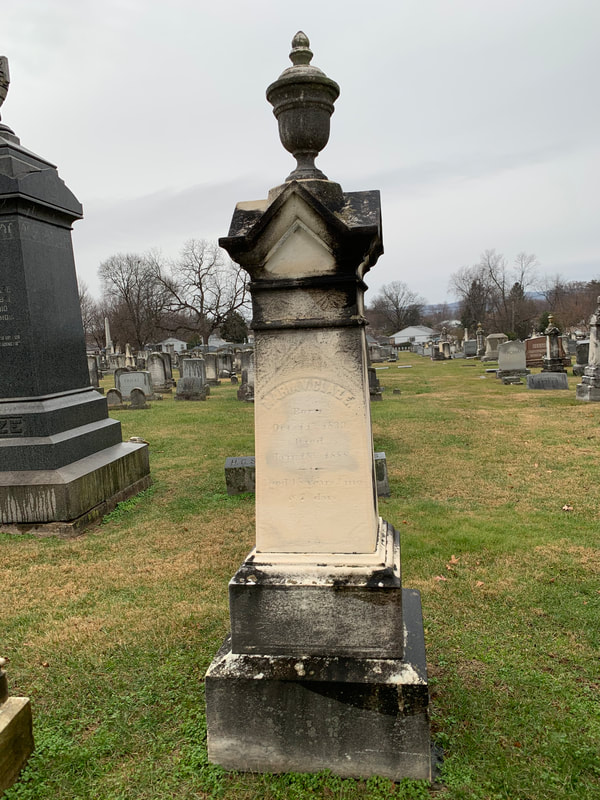
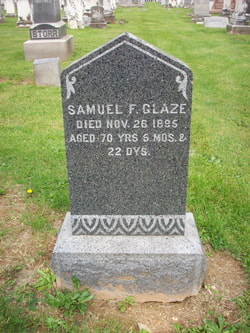
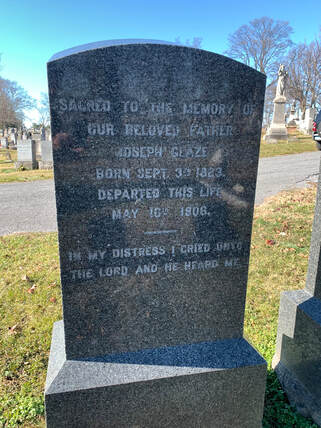
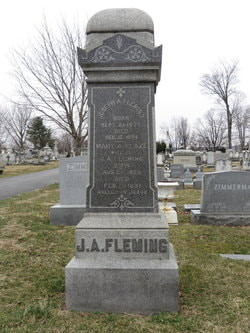
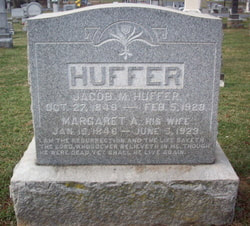
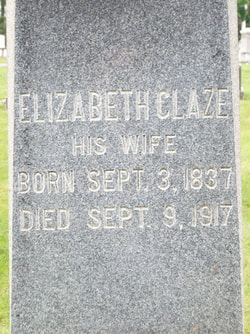
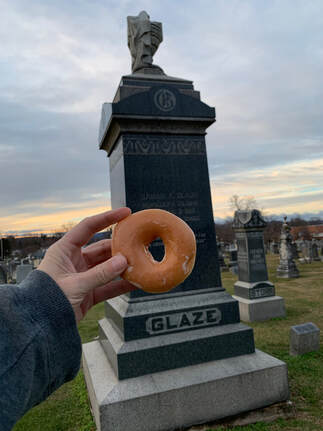
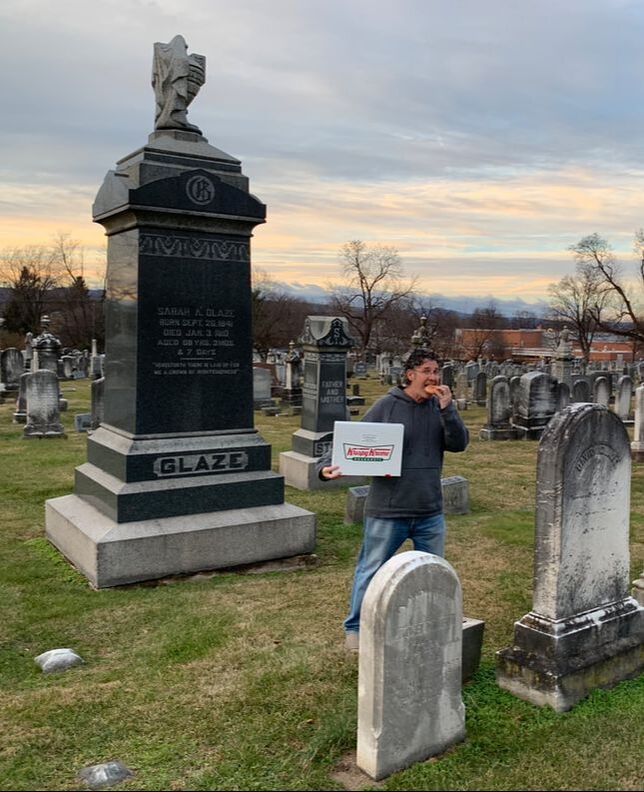

 RSS Feed
RSS Feed